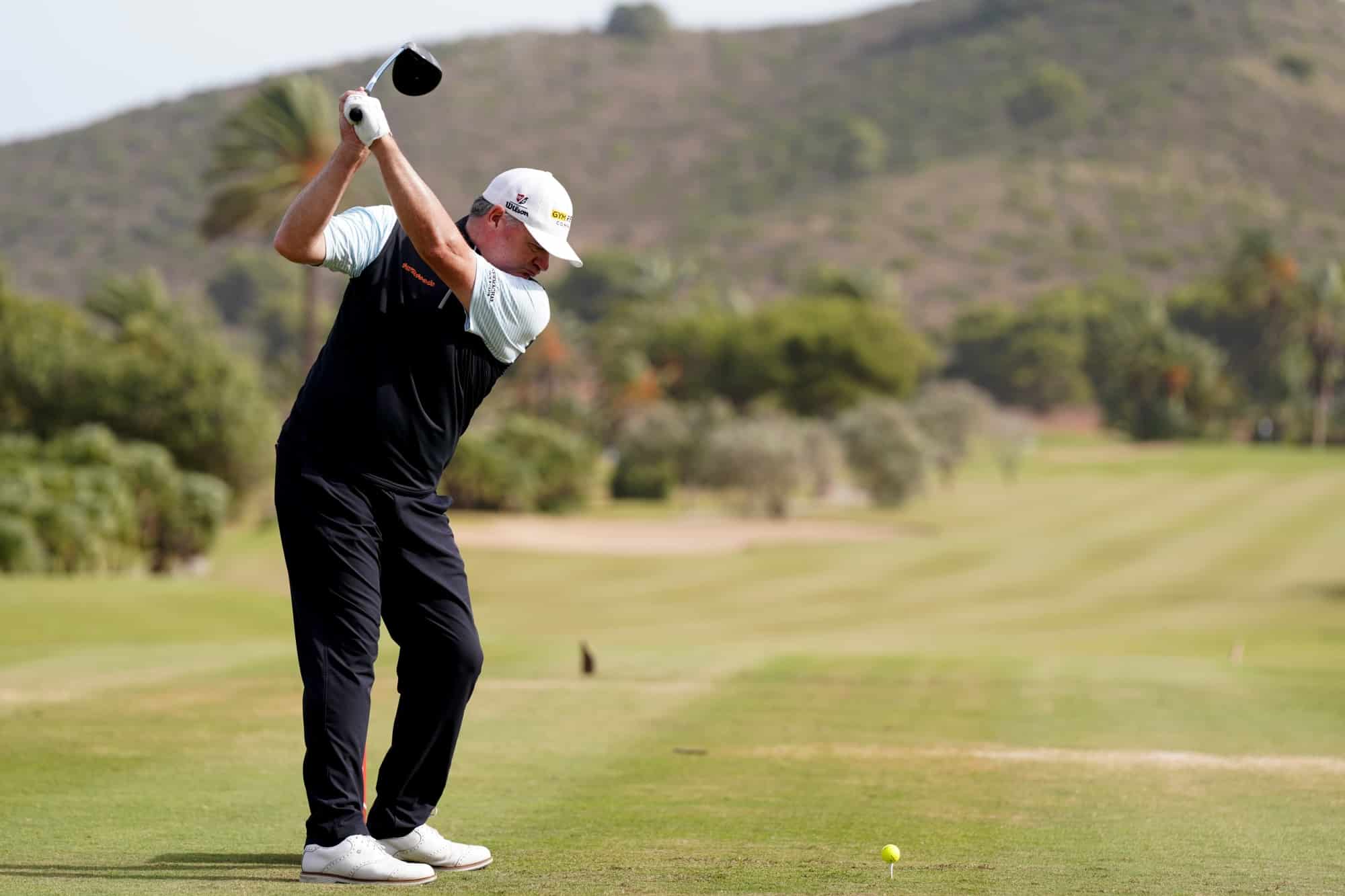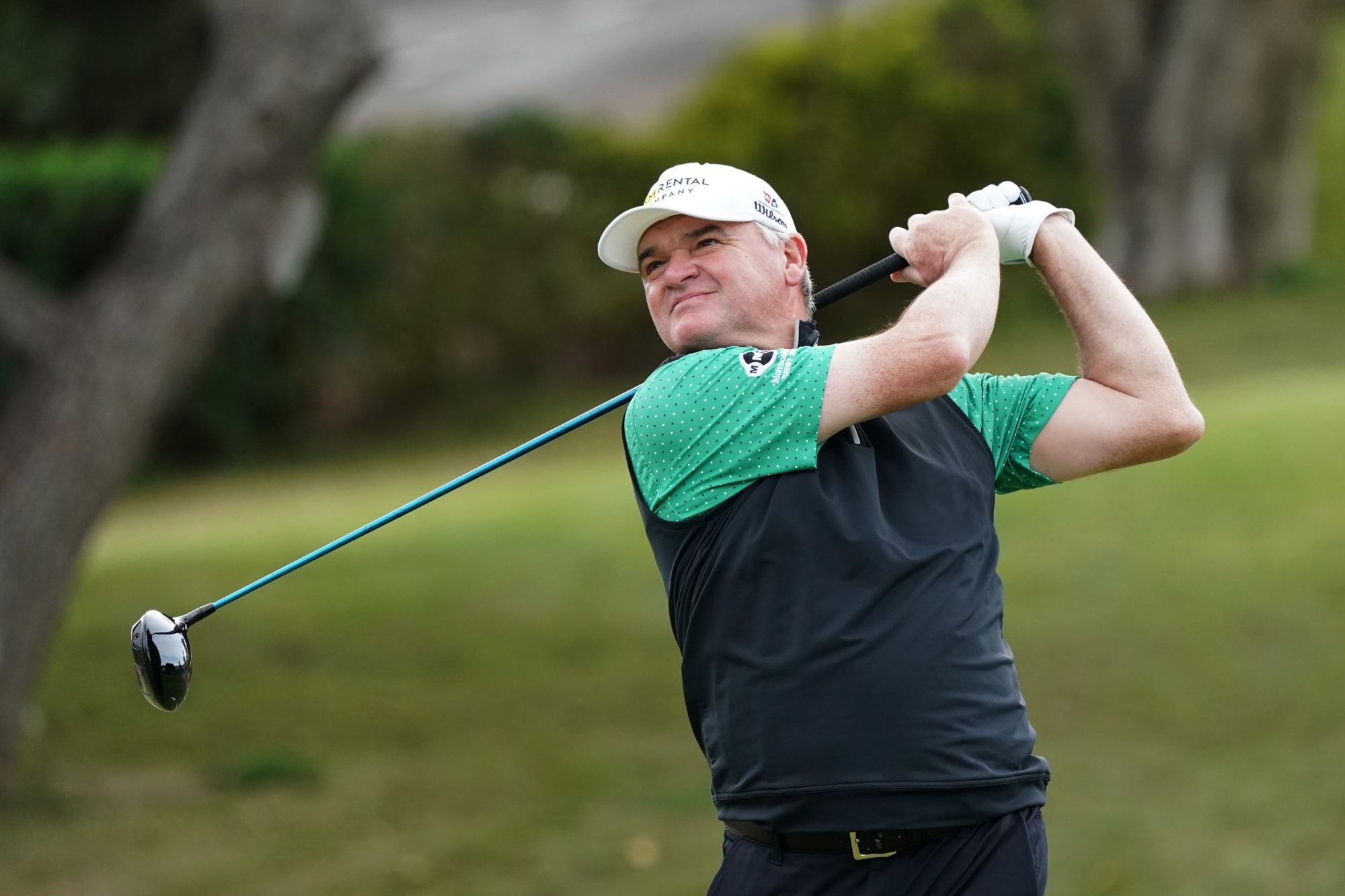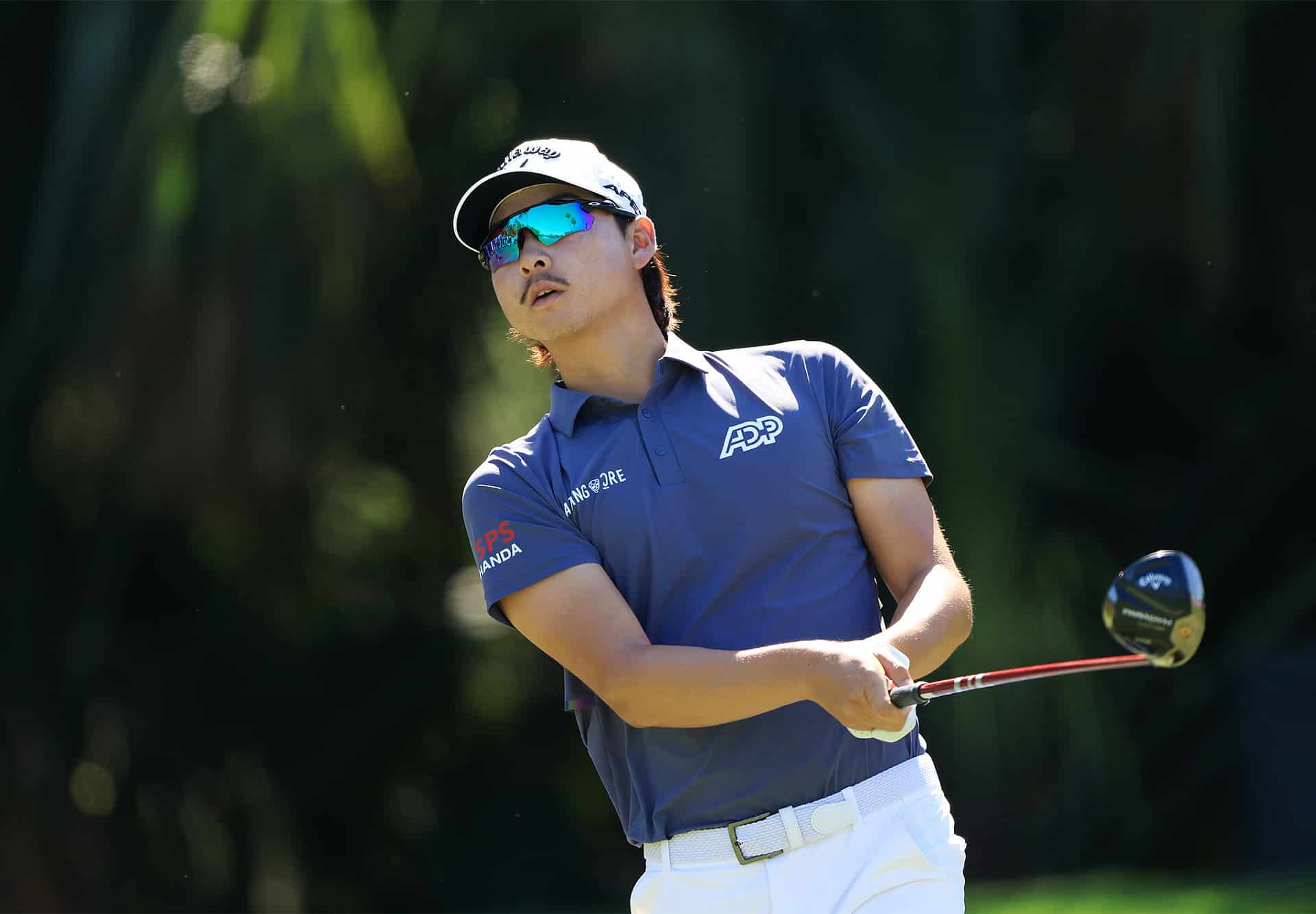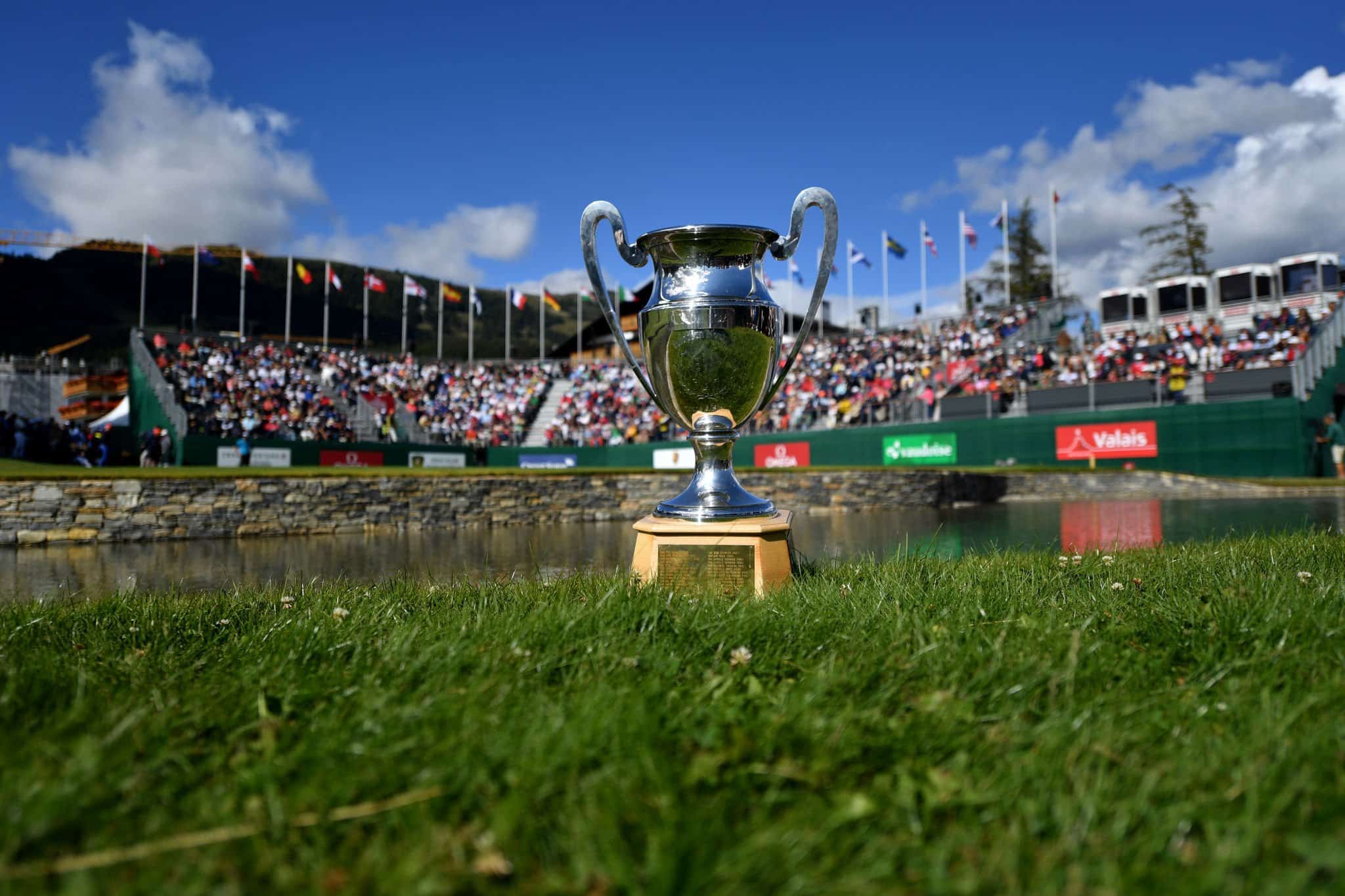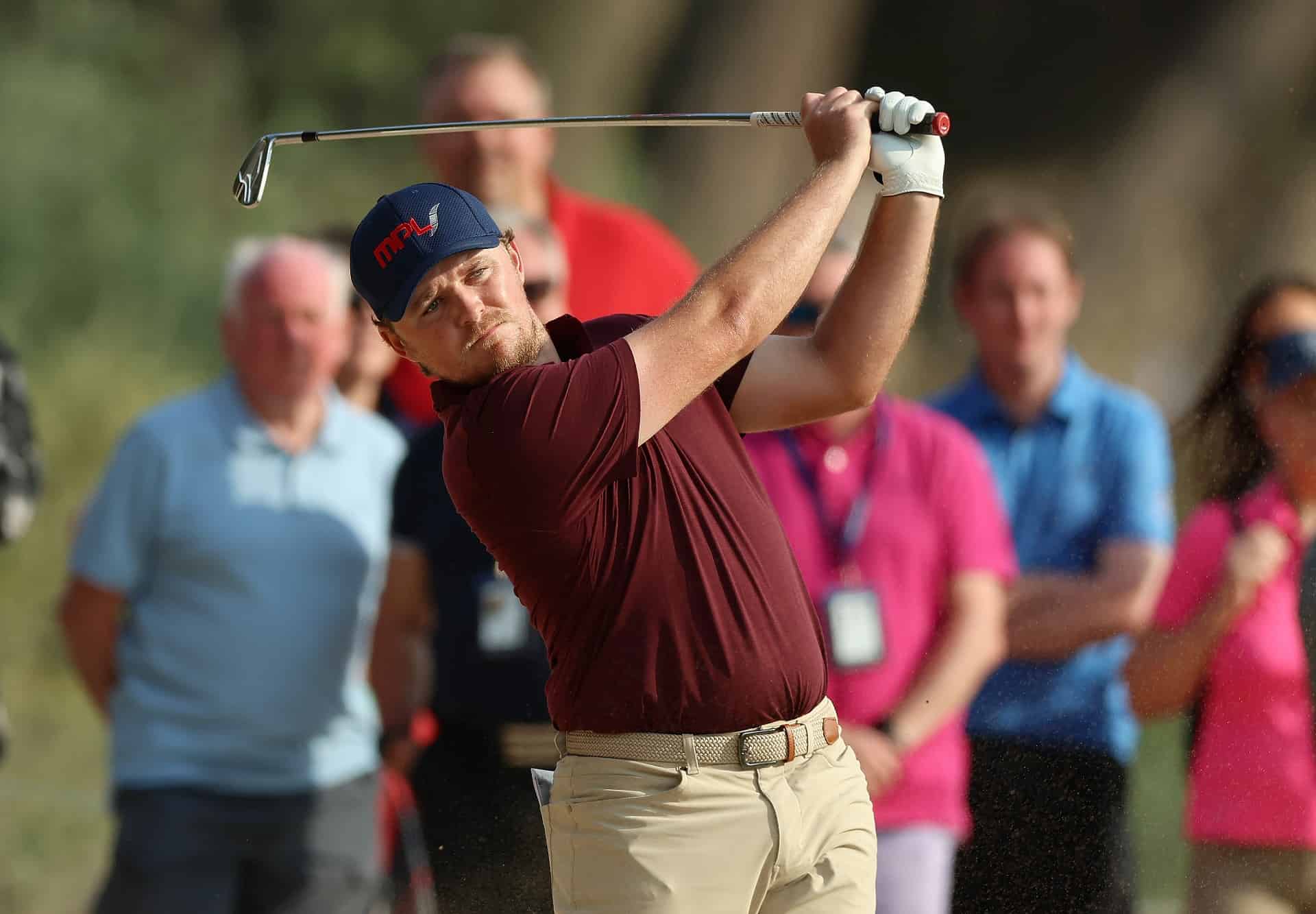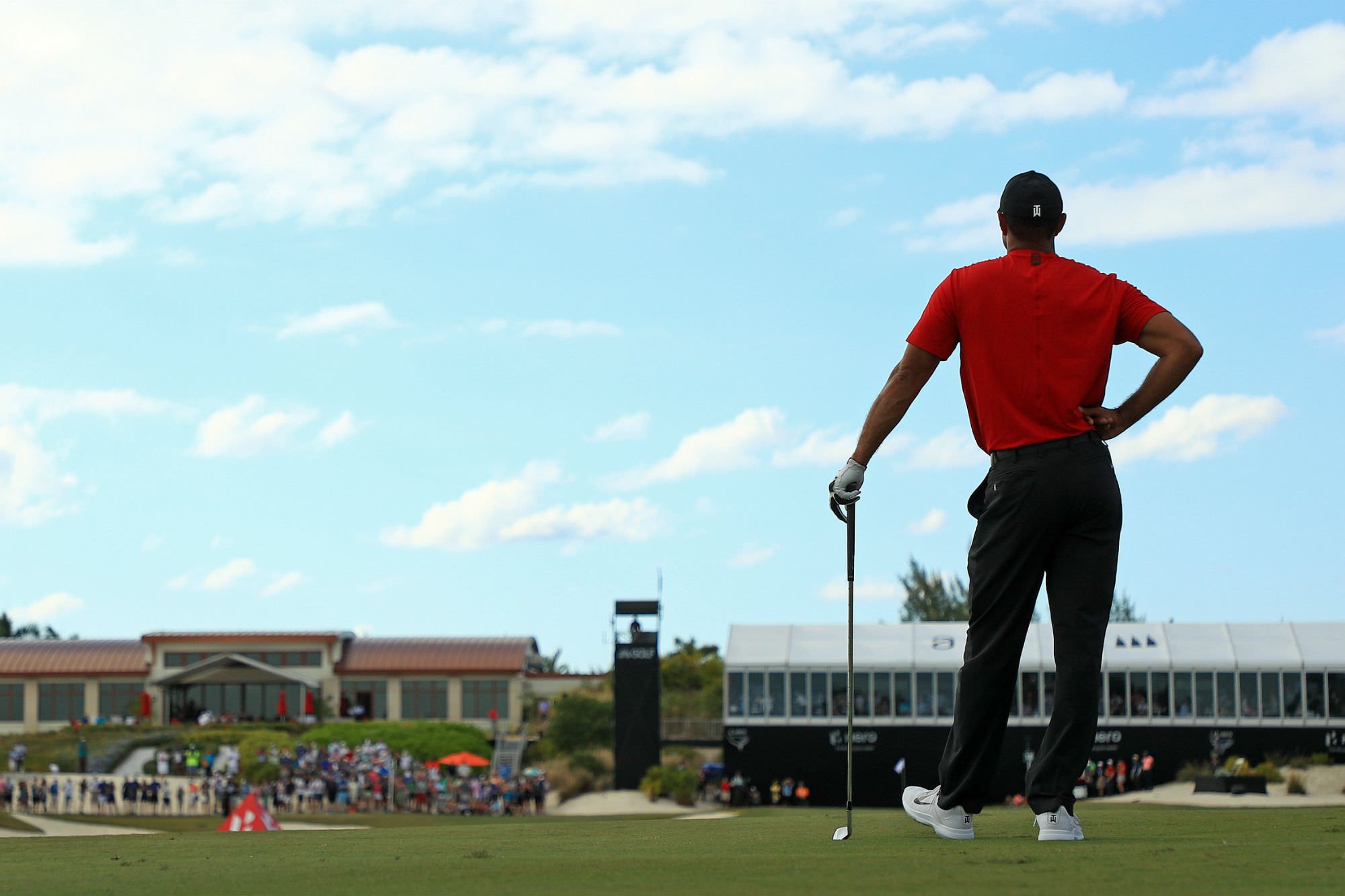
PGA Tour joins the clampdown on slow play – so what does a player need to do to get a shot penalty?
We’re only a few days into 2020 and already the topic of slow play has been at forefront of the game. The European Tour announced even stricter measures to their four-point plan and now the PGA Tour will begin their clamping down at the RBC Heritage in April.
For the next three months there will be an education process for the players to, if needed, put into place some better habits and then there will be no excuses.
The second-string Korn Ferry Tour will adopt the new policy at a later date.
What are the main changes to the PGA Tour slow play rules?
There will be an Observation List which, historically, has focused on those groups who are out of position. Through ShotLink data individuals, wherever they are on the course, will now be identified as the slow players – those who take longer than an average of 45 seconds to hit their shot.
“Over the last 12 years 10 per cent of the membership have averaged 45 seconds or more,” said the Tour’s chief of operations Tyler Dennis.
If you think this sounds quite harsh a tap-in putt might take a second which will help to get your average down.
The players will be told that they are on the list and they will then be the subject to an average of 60 seconds for all shots over a 10-tournament rolling period. If they are observed by an official to exceed this time they will then be timed individually even if the group is in position.
So, if you’re slow, you can’t behind what’s happening in your group.
- Report: European Tour get tough on slow play
- Pace of play experiment: Can the European Tour’s plan work?
- Bryson DeChambeau: I don’t want to be out there for six hours
- Colin Montgomerie: We need to act fast
When would a shot penalty take place?
We are then back to the usual process with players having 40 seconds to hit a shot, or 50 if they’re playing first. Players receive a warning for a “bad time” and, if you do it again, then you can add a shot to your score.
The same goes for players who are “out of position” even if they’re not on the list.
Interestingly, once timing starts if there is no bad time recorded within two holes it will stop.
And, like the European Tour, this will take place over a tournament rather than just a single round.
What is an Excessive Shot Time?
Players who take more than 120 seconds to play a shot will receive a warning and if they were to repeat that it would mean a $10,000 fine. The next time would mean an additional $20,000 fine.
“We looked back at all the moments in recent history where you see players taking a long time and it’s disturbing to various constituents,” Dennis said. “That’s another number that, over time, as this becomes more a part of the psyche of the Tour, maybe we’ll change it.”
Bad times will also incur bigger financial penalties with a second warning meaning players will be hit with a $50,000 fine. This is 10 times more than previous policies.
And if a player is timed 10 times at any point then they will also be fined $50,000. Twenty such times will incur another $20,000 fine.
Will we find out who the slow players are?
We won’t find out who is on the list nor those who are hit with any fines. So we’ll only find out if something is amiss when a penalty has to add on a shot.
The same goes for the players; they won’t know who is on the Observation List.
What are the players saying?
“I love it. We’re proactive. That’s the first thing. The policy that’s in place has not changed and it will not change but there is kind of like a tangent arm to that that’s going to help facilitate and I think try to make the game a little bit quicker,” said Zach Johnson, who is on the 16-member Player Advisory Council.
Mark Townsend
Been watching and playing golf since the early 80s and generally still stuck in this period. Huge fan of all things Robert Rock, less so white belts. Handicap of 8, fragile mind and short game


